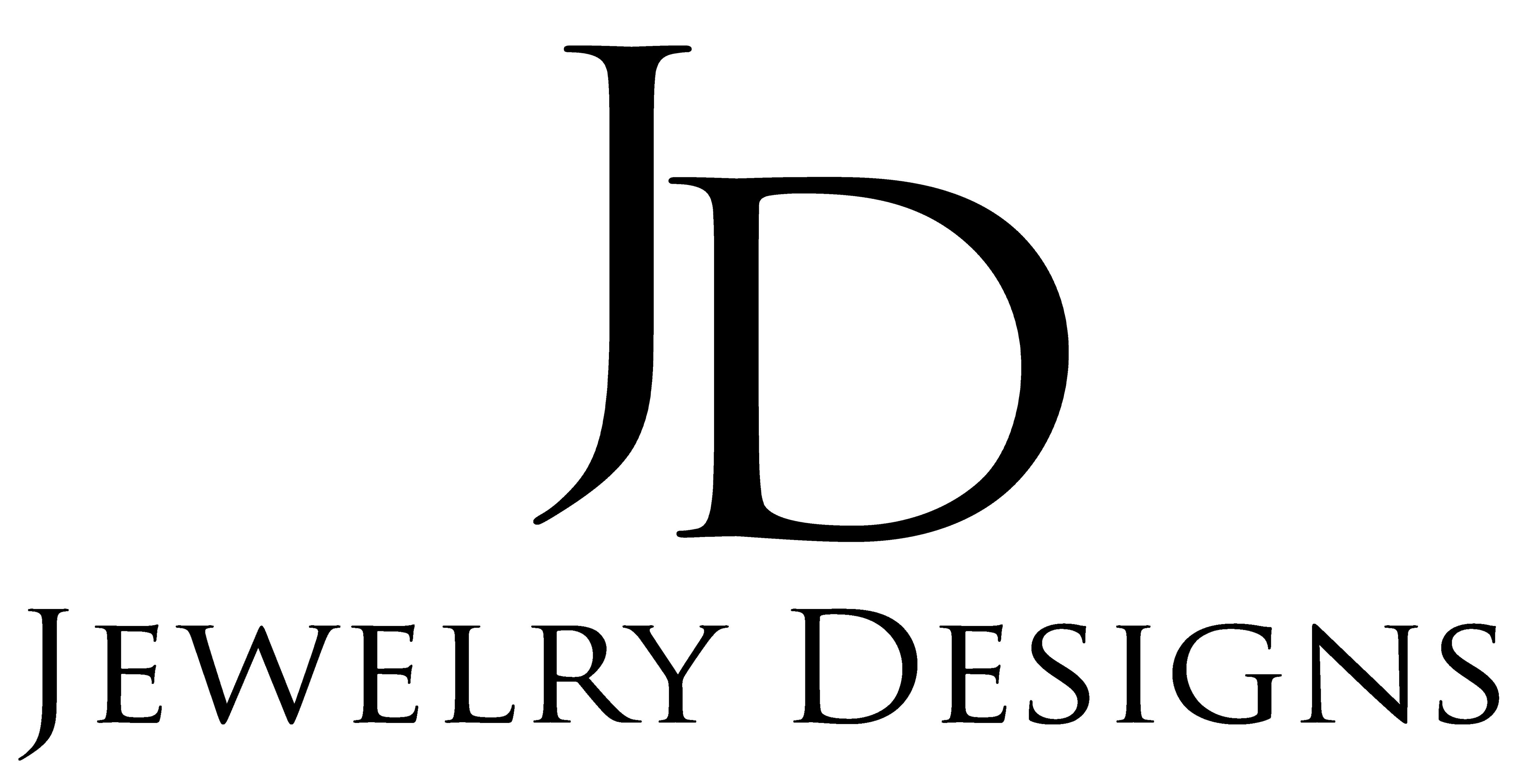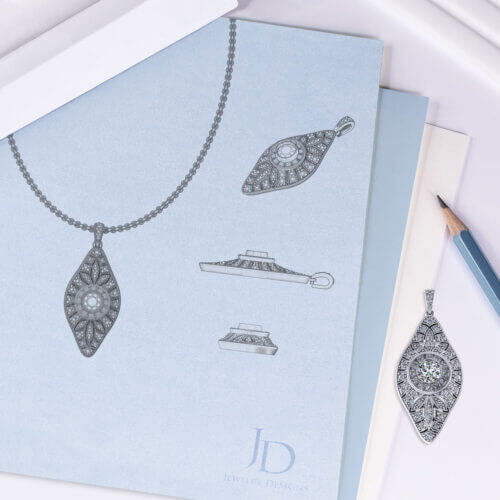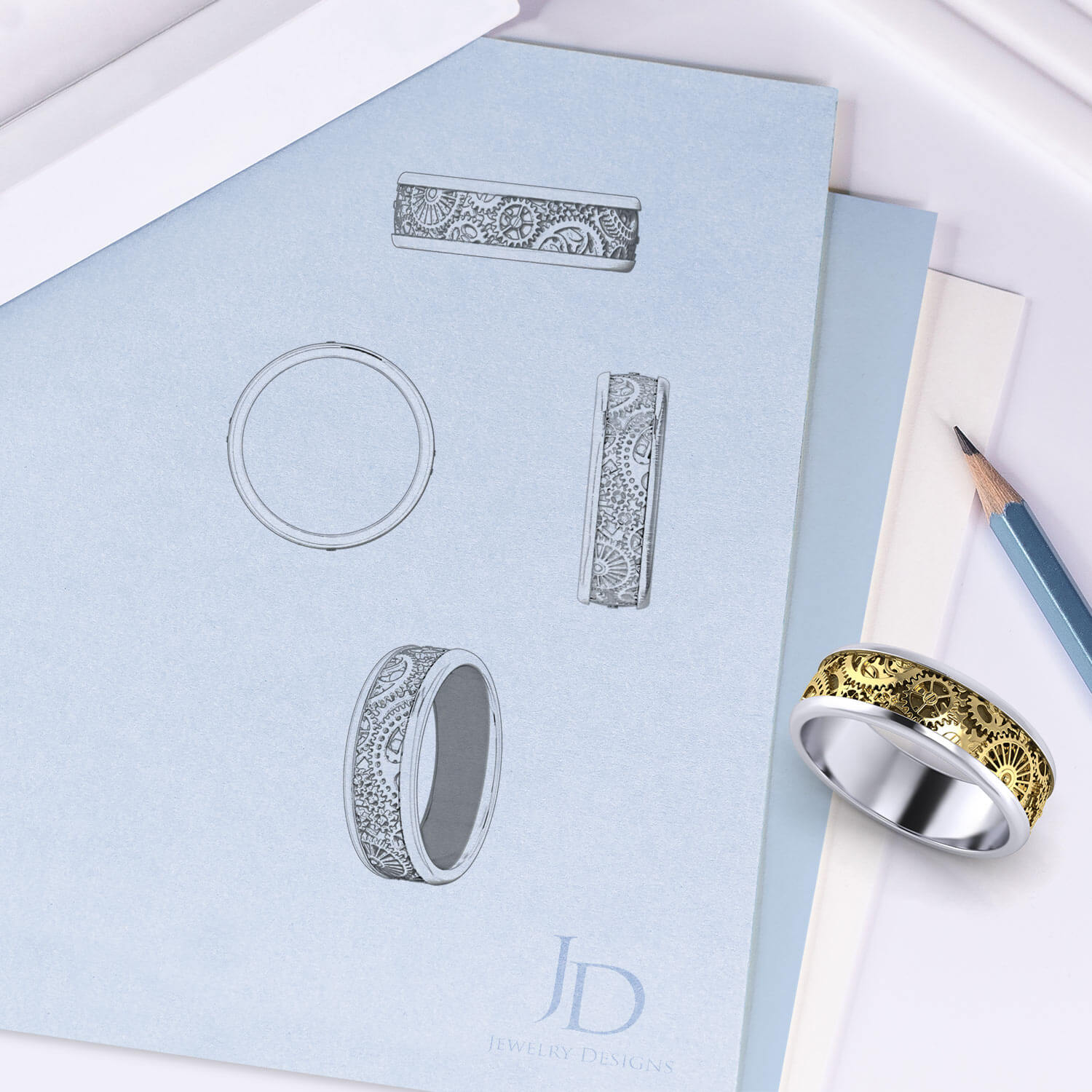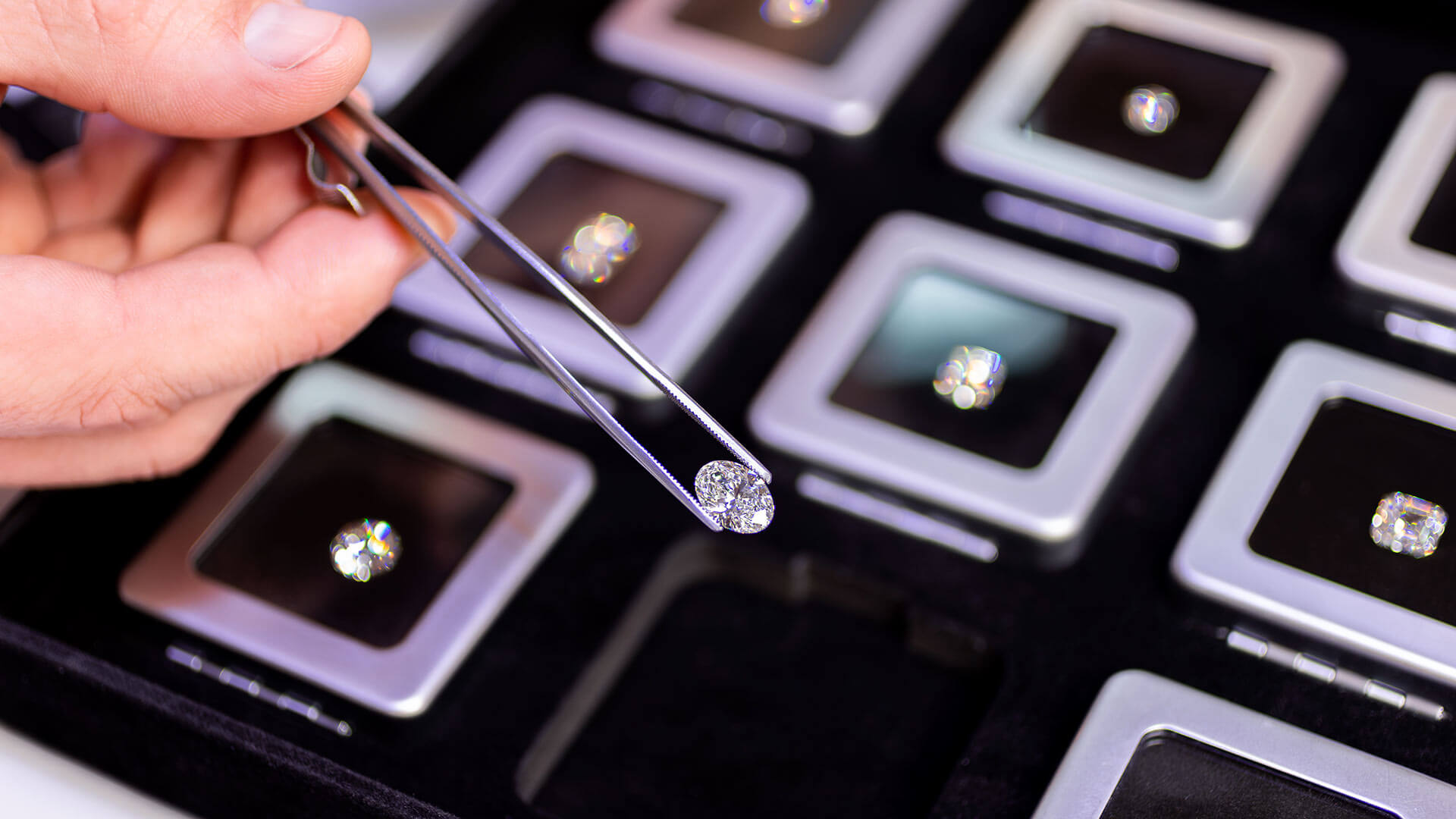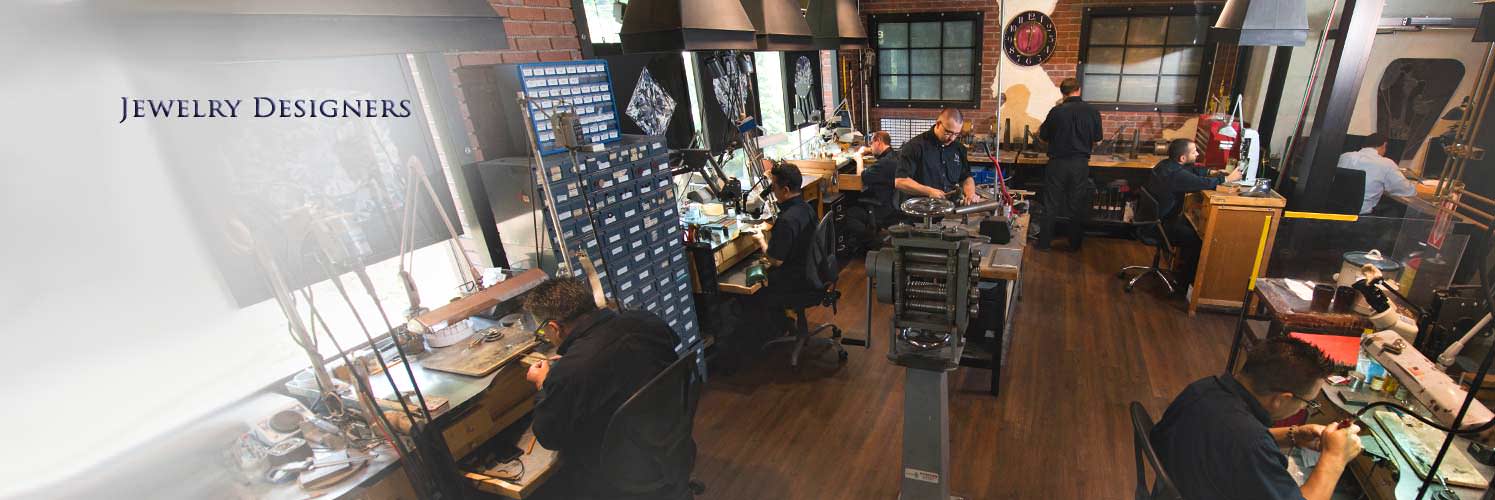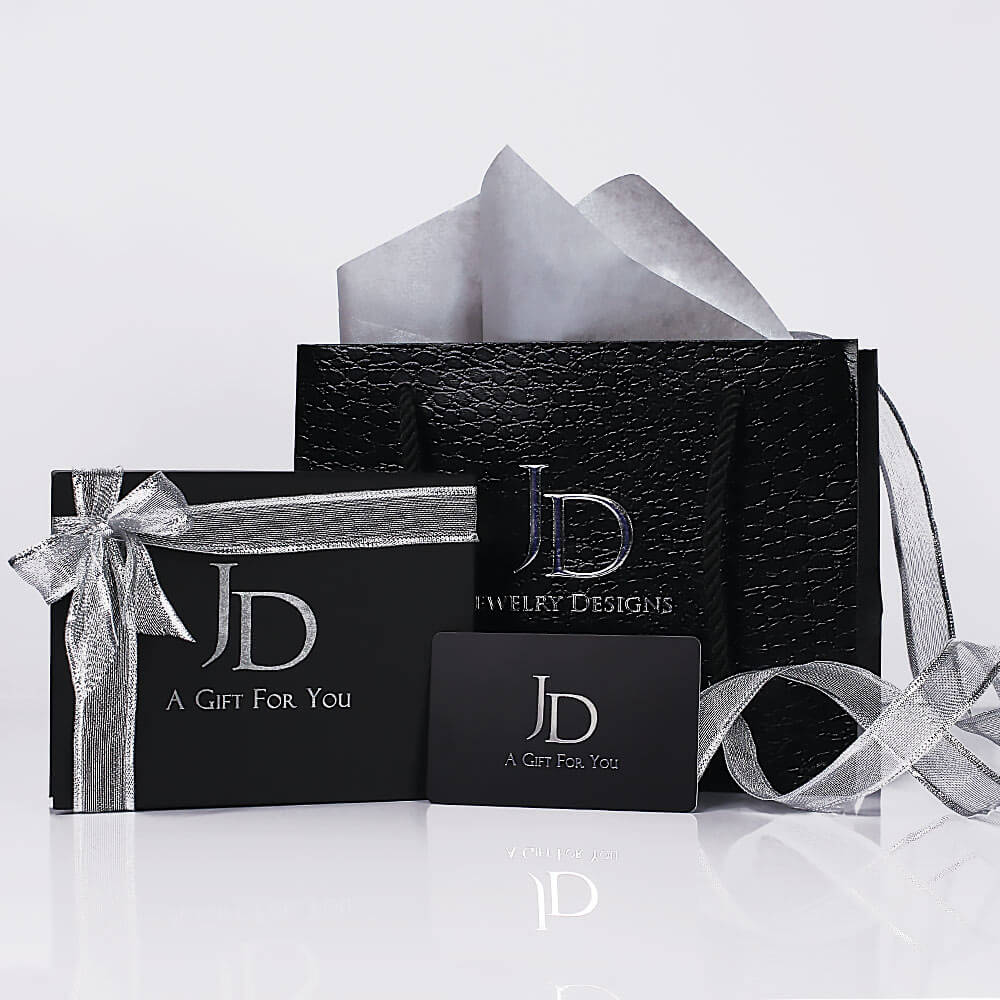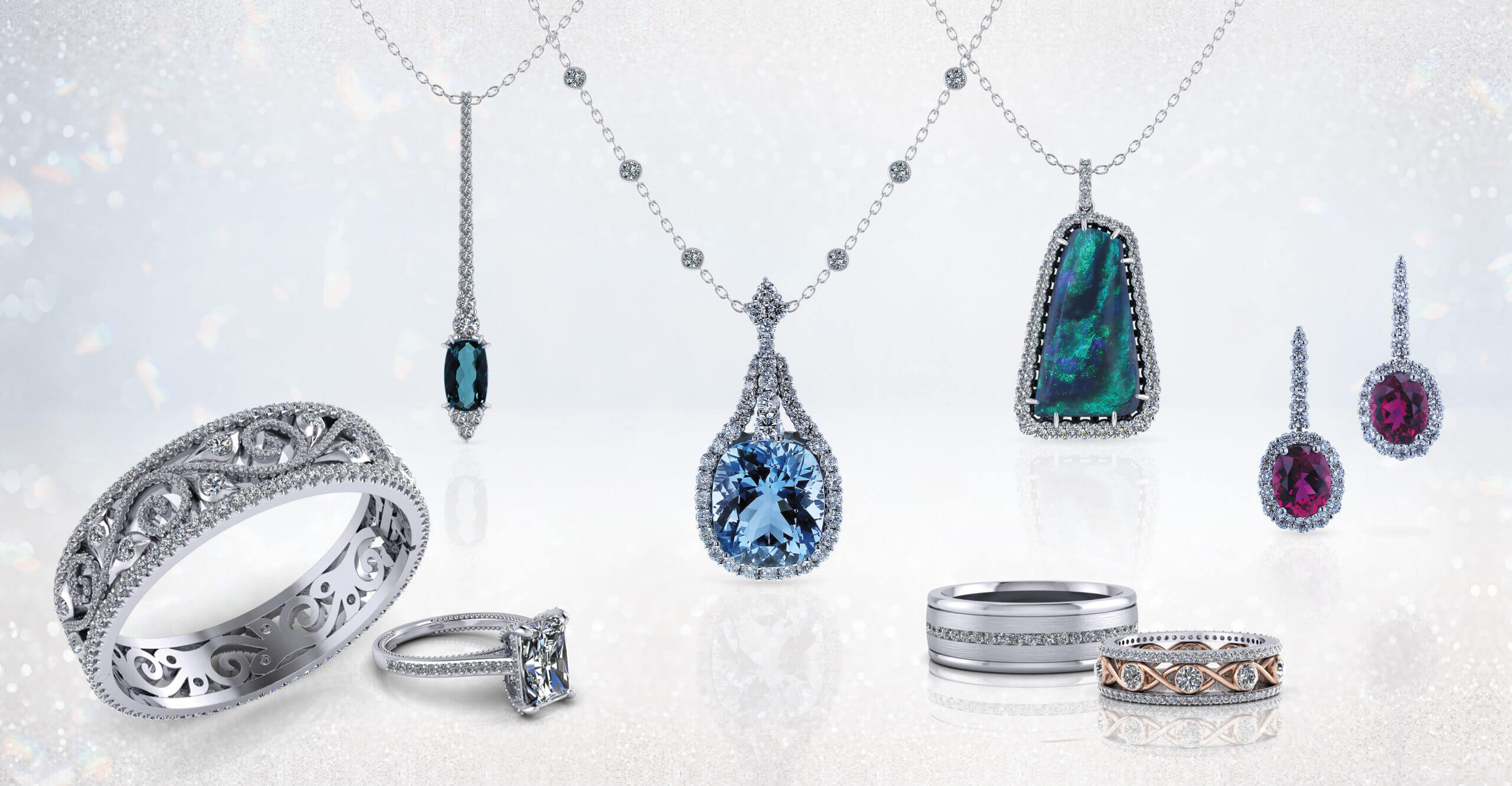Wax Carving
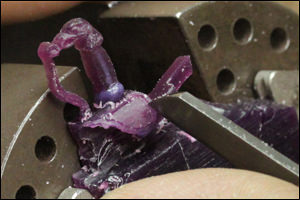
Some people find it ironic that fine jewelry is derived from wax carving. In actuality many of the world’s most elite jewels where first created as a wax carving. Jewelry artisans have been sculpting jewelry from wax and paraffin for centuries. Wax model makers are gifted artisans that transform a simple block of wax into a a model in the exact likeness of the fine jewelry to be created. Until recent years and the advance of CAD jewelry design, most fine jewelry was carved from wax. Using files, blades, to carve and shave wax, the artisans create a rough form. As the miniature sculptures evolve the wax model makers refine them with jeweler’s gravers, and hot melting pens from a completely different medium than the end user will ever see.
The lost wax process is aptly named as the sculpture created by the artisans will be lost never to be seen again. After the creation, the sculptors wax carving is imbedded in a metal flask which will be filled with plaster like investment, and left to harden. The flask containing the hardened investment is then incinerated in an oven at extreme temperatures to burn away any trace of the wax sculpture. With the wax burned away, the plaster will have a hollow impression of the wax carving once within that will be transformed into gold or platinum through the jewelry casting process.
The flask contains a negative impression left behind from the incinerated paraffin. It is then filled with molten gold or platinum by centrifugal or vacuum casting to bring the lost wax sculpture back to life as a precious metal. Once cast, the plaster mold is broken away yielding a crude unfinished version of the artist’s original work. The rough cast item will undergo jewelry polishing and the various stages of jewelry fabrication before the final stone setting is done to showcase the artist’s original design.
